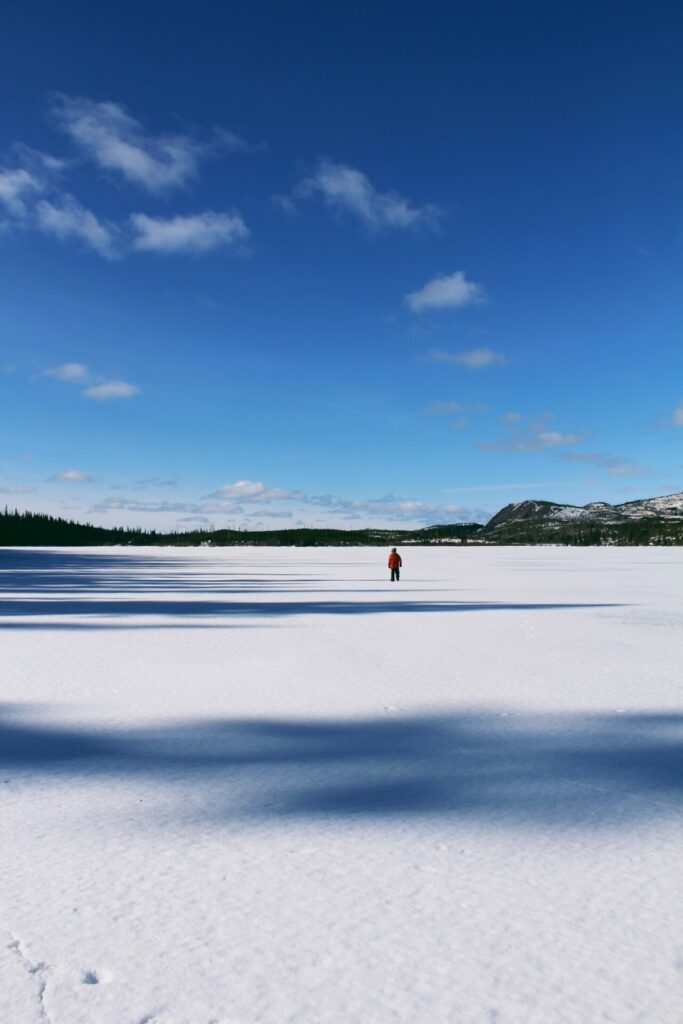Get Your Gear Ready
Advertisement
A way to cut a hole through the ice, a fishing rod and a bit of patience are the absolute basics of ice fishing – how much gear you choose to acquire from there on out is up to you! Gas or electric ice augers make cutting holes a breeze but can be quite costly. A manual auger will get the job done if you don’t mind a bit of manual labour, and an ice chipper can also be a great option for opening holes previously drilled by other anglers. Some sort of ice scoop saves your hands from getting cold when clearing out the fishing hole.
Advertisement
In addition to fishing gear, there are many items that will keep you comfortable and safe while recreating outdoors. Things like appropriate clothing and footwear, a satellite communication device and ice safety picks can make your outing both safe and comfortable. Another consideration, particularly if driving to remote locations, is ensuring you have an emergency bag in your vehicle – just in case.
Advertisement
Check Regulations
Checking the current regulations for the lake you are choosing to fish is always a prudent thing to do before heading out. Water-specific regulations can include no fishing restrictions, quota limitations, restrictions on set lining and bait bans. Some waterbodies even have restrictions on ice fishing.
Ice Safety
While the forecast may finally be appearing favourable for the formation of good, solid ice on the bigger lakes in our region, that hasn’t necessarily been the case for the first half of winter. A mild weather pattern has meant that ice fishing has gotten off to a bit of a slower start than we typically see – which means being vigilant about checking local ice conditions is more important than ever.
Guidelines for minimum ice thickness for various activities is based off new, clear ice (which indicates the ice is at its strongest). The Canadian Red Cross recommends 15 centimetres of ice for walking on your own, 20 centimetres thick for a group of people on the ice and 25 centimetres for snowmobiling – all these activities you may find yourself partaking in while ice fishing! It is important to check the ice thickness in several places if you are unsure of conditions. Another thing to keep in mind is that many lakes also have areas where ice forms very poorly – this is where local knowledge is beneficial to avoid these dangerous areas.

